Buy Shimeji Mushrooms
$210.00 – $850.00
Native to eastern Asia, shimeji mushrooms are in fact not one type of mushroom, but a group of edible mushrooms with over 20 varieties. Beech mushroom they have long stems and tiny round caps chicken of the wood. The three most common types used in Japanese food are bunapi-shimeji, buna-shimeji, and hon-shimeji.
Shimeji Mushrooms
Native to eastern Asia, shimeji mushrooms are in fact not one type of mushroom but a group of edible mushrooms with over 20 varieties. Beech mushroom they have long stems and tiny round caps chicken of the wood. The three most common types used in Japanese food are bunapi-shimeji, buna-shimeji, and hon-shimeji.
Hon-shimeji is challenging to grow but the other two are currently cultivated extensively in the United States, Canada, Australia, and Europe.
You may know shimeji mushrooms by their more common name “beech mushrooms” – referred to in this way because they typically grow on fallen beech trees. The buna shimeji mushroom is known as the brown beech or brown clamshell mushroom, whereas the bunapi shimeji is called the white beech or white clamshell mushroom.
We also find them growing in northern Europe where they are referred to as pioppino mushrooms. Check out the article The Best Way To Cook Pioppino Mushrooms on this site for links to recipes with an Italian twist.
What Are The Health Benefits of Shimeji Mushrooms
Shimeji mushrooms are a superb source of nutrients but must be cooked in order for us to be able to access their nutrients chicken of the wood.
Buna-shimeji or the brown beech mushroom provides a significant source of B vitamins (pantothenic Acid, riboflavin, and thiamin), as well as potassium, zinc, and copper. They are low in calories and fat, and are high in dietary fiber and protein. They’re cholesterol-free and sodium-free. They also contain beta-glucans which boost immunity and may help fight cancer.
A study conducted in Japan concluded that beech mushrooms (along with maitake and king trumpet) help lower plaque deposits in the arteries.
Lastly, shimeji mushrooms contain glutamic acid, guanylic acid, and aspartic acid, which are the sources of their umami flavors.
I explain more about umami in this article Umami Flavor: Your Guide To Making Your Own With Mushrooms.
Where Can I Buy Shimeji Mushrooms?
Readily available year-round now, shimeji mushrooms are commonly sold in a cluster in a sealed cellophane bag.
You have the very best chance of locating them at an Asian supermarket, although with the increasing popularity of mushrooms in general, stores such as Whole Foods might also carry them.
Do I Need To Wash Shimeji Mushrooms?
Commercially grown shimeji mushrooms are generally kept quite clean when growing. So all you need to do in order to prepare them for cooking is cut off the base of the cluster, separate the stems, and gently rinse them.
Can I Eat Them Raw?
Shimeji mushrooms tend to have a bitter taste when raw so eating them that way is not recommended. Cooking improves the taste, taking away the bitterness and leaving in its place a mild nutty flavor with a lightly sweet taste. Cooking them also increases the bioavailability of the nutrients and the ease with which they can be digested.
What Are The Differences Between The White And The Brown Beech Mushrooms?
There is a slight difference in the taste of the white beech vs. the brown beech mushrooms. The brown ones have a more intense “mushroomy“ or umami taste, whereas the white ones tend to have a slightly sweeter taste when cooked chicken of the wood.
How To Use Shimeji Mushrooms
Use these delicious mushrooms in all the same dishes you’d use white button, oyster, enoki, or cremini mushrooms. They go well with stir-fries, noodle bowls, soups, omelets, and stews. I love combining several types of mushrooms in one dish to get even more mushroom goodness and umami flavor.Beech mushroom
Why not add them to a mushroom broth? Check out this delicious recipe for The Ultimate Comfort Food: Medicinal Mushroom Broth.
Shimeji really shine when simply stir-fried and eaten as a side dish. I was inspired by this recipe here and the one in the video below but I created my own variation that you’ll find below.
I had 3 different types of mushrooms in my fridge last night so I made the following side dish. I never measure ingredients for a stir-fry. I just eye-ball the ingredients based on how much I know I’m going to eat. It’s not accurate, I know, but you know your appetite and that of your eaters better than I do.
Ingredients:
- 1 scant tsp. avocado oil
- 1 package brown beech mushrooms
- 1 package enoki mushrooms
- 5 cremini mushrooms, sliced
- a handful sugar snap peas
- 2-3 drops of toasted sesame oil (Amazon affiliate link)
- 1 tsp. black or white sesame seeds
- 1 clove of garlic, crushed
- 1 stalk of green onion, sliced
Preparation:
- Separate and clean the enoki and brown shimeji mushrooms.
- Cut off the base of the stems.
- Wipe off the cremini and then go ahead and slice them
- Cut the ends off the sugar snap peas
Directions:
- Add 1 tsp. avocado oil to your pan
- Add the crushed garlic clove and cook for a minute or two
- Add the cremini mushrooms and cook for another 1 or 2 minutes
- Toss in the shimeji mushrooms and the enoki as well as the sugar snap peas
- Pour in a splash of soy sauce and 2-3 drops of toasted sesame oil
- Stir for 2 minutes
- Pour the veggies onto a plate
- Garnish with sesame seeds and sliced green onions.
- Enjoy!
An Easy Stir-Fry With 3 Types of Mushrooms
Japanese cooks Noriko and Yuko at Japanese Cooking 101 demonstrate this tasty and super easy sauteed mushroom recipe.beech mushroom
FAQ
Should I Buy Organic or Conventional Shimeji Mushrooms?
You’ll find both organically-grown and conventionally-grown shimeji mushrooms in stores. In general, mushroom growing is done without added pesticides or fertilizers. So therefore, it’s the origin and composition of the substrate (growing medium) used to grow the mushrooms that determines whether it is organic.
For example, one of the largest growers of shimeji mushrooms in the U.S., the Hokto Kinoko Company, grows all of their mushrooms according to U.S. certified organic standards on organic non-GMO rice bran and corn bran.
Can I Grow Shimeji Mushrooms Myself?
If you can’t find shimeji mushrooms in your local area or you’re game to take on a fun home growing project, you can definitely grow them yourself.
In Canada, shimeji grow kits are available from top quality mushrooms.
I haven’t been able to find any shimeji or beech mushroom grow kits in the U.S., but if you want to grow them from scratch, Root Mushroom Farm sells brown beech liquid culture chicken of the wood.
| Quantity | HP, OZ, POUND, QP |
|---|
Be the first to review “Buy Shimeji Mushrooms” Cancel reply
Related products
Edible Mushrooms
Edible Mushrooms
Edible Mushrooms
Edible Mushrooms
Edible Mushrooms
Edible Mushrooms
Edible Mushrooms
Edible Mushrooms

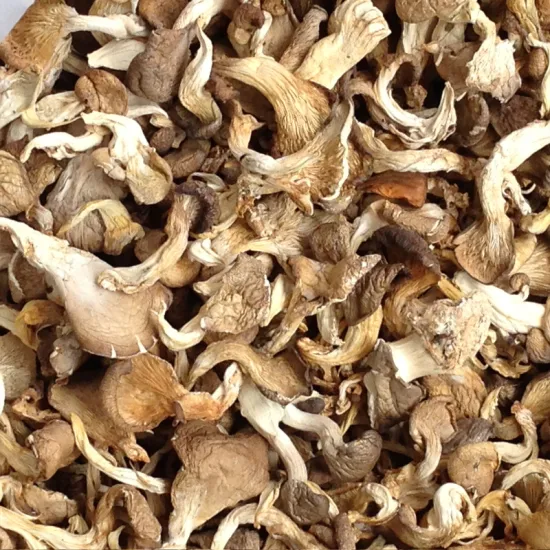

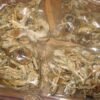

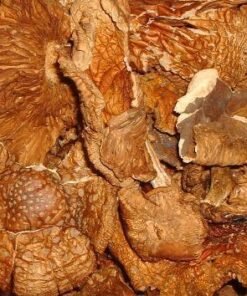



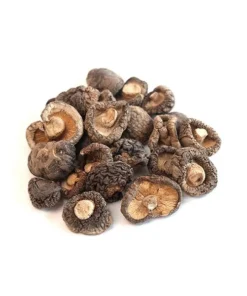

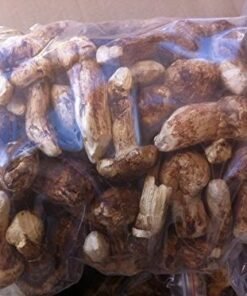
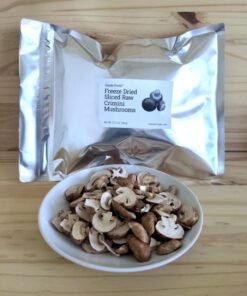




Reviews
There are no reviews yet.